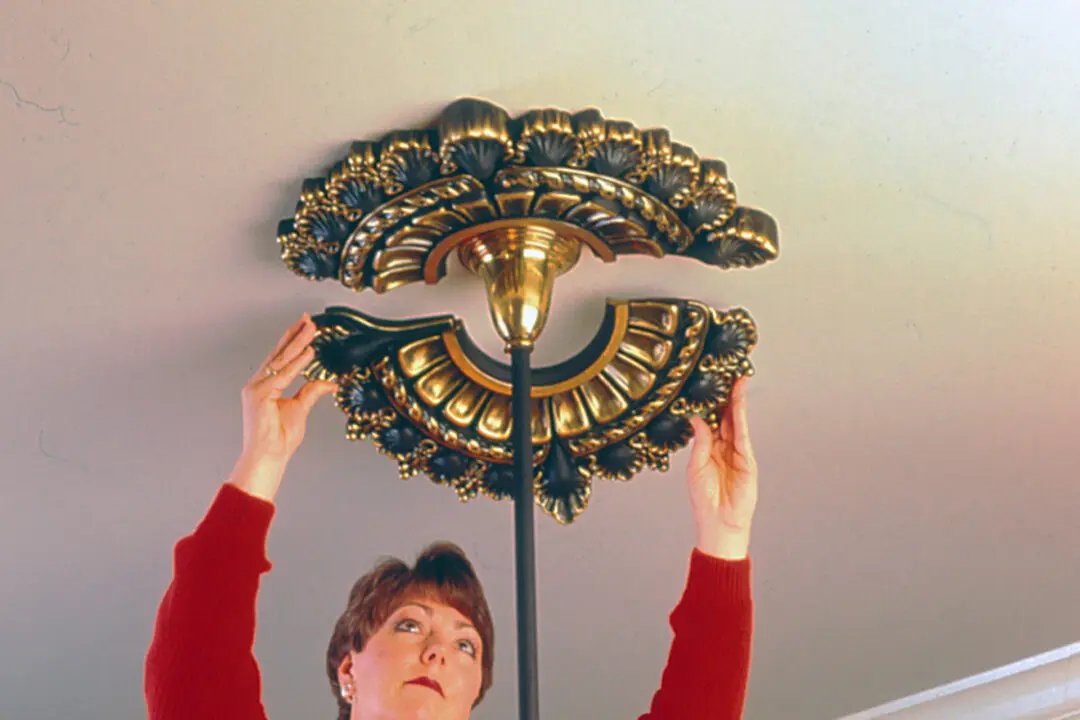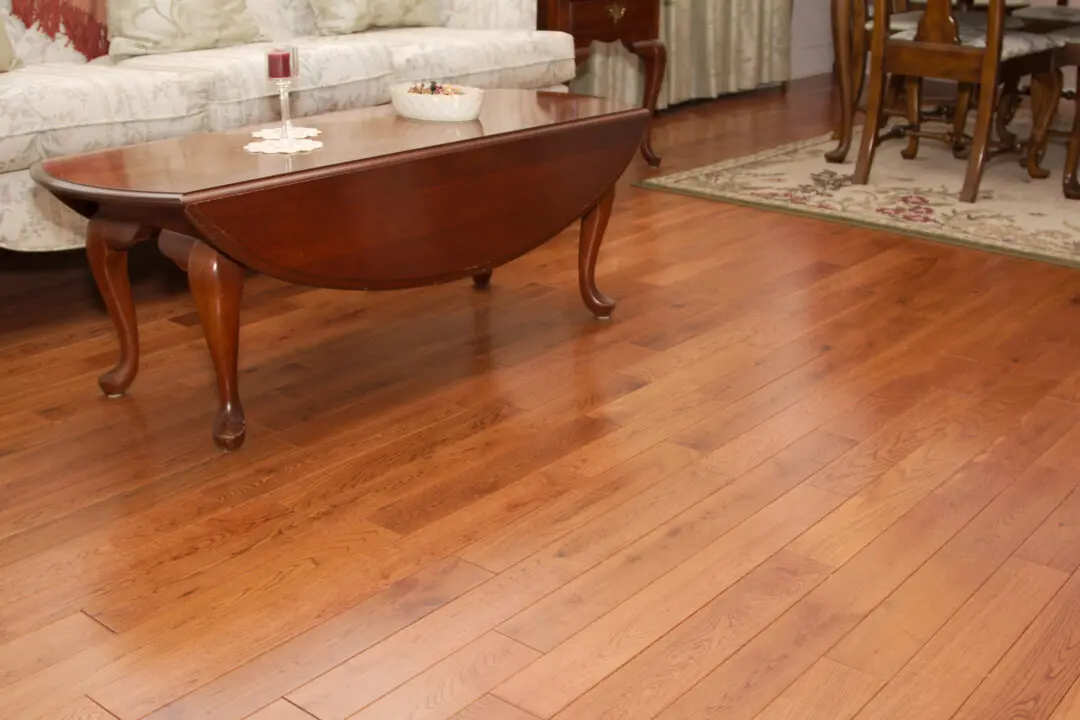You easily get used to the convenience of a cordless blind, where a gentle push or pull on the bottom rail raises or lowers the blind. Its clean lines make it attractive in any window treatment. And the ease of operation makes it particularly useful in rooms where the sun comes on strong at different times of day. Compared with a corded blind, a cordless blind is easy to operate for anyone with arthritis; and there’s no dangling cord which can be a safety hazard for little ones.
You’ll find cordless blinds sold online and at home and decorating centers in an array of styles, materials, and colors. If you’re thinking about going cordless, first decide how you want the blind mounted, either inside or outside of the window frame. An inside mount blind looks recessed or built into the window, while an outside mount blind is wider than the window and can cover up a less than perfect frame. Take an exact measurement of the window for whichever you decide.
A handyman or service will install a 48-inch-wide, 64-inch-long cordless window blind installed with 1-inch metal slats for $175, which includes labor and material. Or you can buy it for $105 and install it yourself and save about 40 percent. Installing a window blind is a good first-time project for a budding do-it-yourselfer. And since it’s a skill you can use for all the windows in your future, it’s a job worth learning to do. You don’t have to make a big investment in tools. All you need is a tape measure, a Phillips head screwdriver and a hand drill or an electric drill.
To find more DIY project costs and to post comments and questions, visit www.diyornot.com and m.diyornot.com on smartphones.
Pro Cost — DIY Cost — Pro time — DIY Time — DIY Savings — Percent Saved
$175 — $105 — 1.0 — 2.5 — $70 — 40 percent
Copyright 2023 Gene and Katie Hamilton. Distributed by Tribune Content Agency, LLC.
Dear Readers: We would love to hear from you. What topics would you like to read about? Please send your feedback and tips to [email protected].




